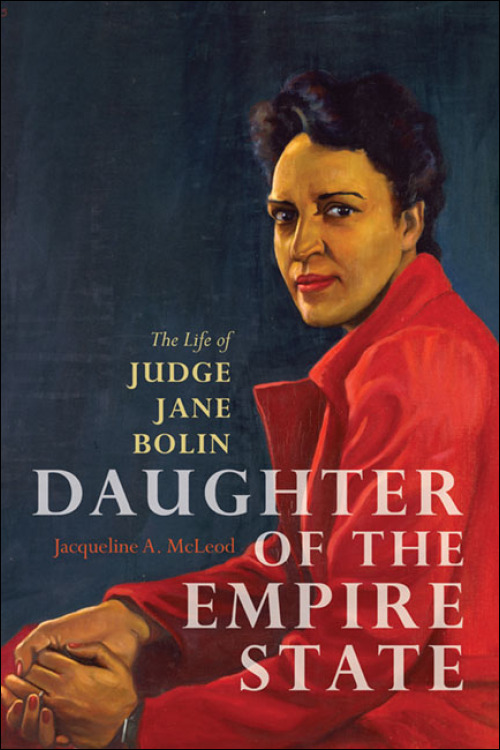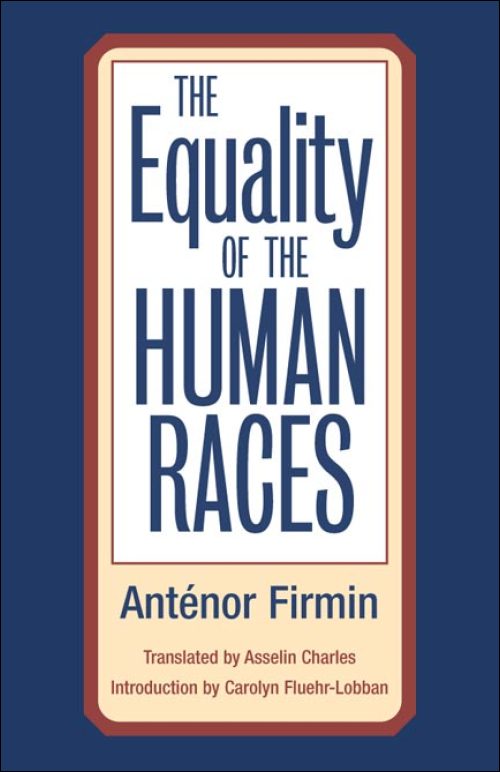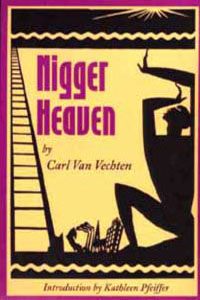Undercover Asian: Multiracial Asian Americans in Visual CulturePosted in Anthropology, Asian Diaspora, Books, Communications/Media Studies, Media Archive, Monographs, United States on 2014-06-15 23:29Z by Steven |
Undercover Asian: Multiracial Asian Americans in Visual Culture
University of Illinois Press
January 2014
264 pages
6 x 9 in.
15 black & white photographs
Cloth ISBN: 978-0-252-03807-5
Paper ISBN: 978-0-252-07956-6
Leilani Nishime, Assistant Professor of Communication
University of Washington, Seattle
Representations of mixed race Asian Americans in popular culture
In this first book-length study of media images of multiracial Asian Americans, Leilani Nishime traces the codes that alternatively enable and prevent audiences from recognizing the multiracial status of Asian Americans. Nishime’s perceptive readings of popular media–movies, television shows, magazine articles, and artwork–indicate how and why the viewing public often fails to identify multiracial Asian Americans. Using actor Keanu Reeves, golfer Tiger Woods, and the television show Battlestar Galactica as examples, Nishime suggests that this failure is tied to gender, sexuality, and post-racial politics. In contrast to these representations, Nishime provides a set of alternative moments when audiences can view multiracial Asians as multiracial. Through a consideration of the Matrix trilogy, reality TV star Kimora Lee Simmons, and the artwork of Kip Fulbeck, these examples highlight both the perils and benefits of racial visibility, uncovering our society’s ways of constructing racial categories. Throughout this incisive study, Nishime offers nuanced interpretations that open the door to a new and productive understanding of race in America.








